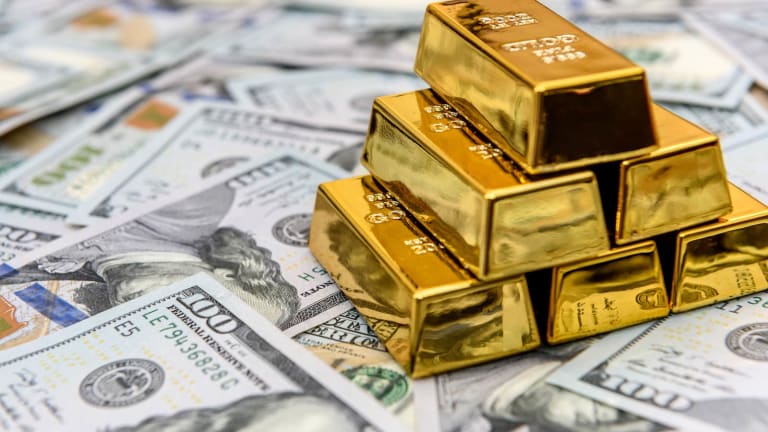
While composing as well as talking about tea in Burma, or some other country so far as that is concerned, it is unavoidable to leave on the excursion into the domain of tea in China – in south-west China to be exact – for that is as I will make sense of in the accompanying certainly from where tea is initially coming from.
The conversation on whether the historical backdrop of Burmese tea and the drinking of tea in Burma have begun in China has most likely more to do with at any rate some Bamars’/Burmans’ hesitance to concede that the beginning of tea is China and that the drinking of tea was embraced by them later from the Shan, than with tea, tea drinking and tea culture itself. The realities are that tea both as plant and refreshment was found and had become significant piece of Chinese and later Shan culture as of now when no Bamar/Burman had at any point walked into what is these days Burma (beginning around 1989 additionally called Myanmar).
All in all the principal realm of the Bamar the ‘realm of Agnostic’ (that was really established by the Pyu, and keeping in mind that we are busy, Anawrahta, the 42nd lord of Agnostic who is by the Bamar/Burman considered the pioneer behind the first Burman realm was a Pyu, not a Bamar/Burman) supported then not exist what is now the distinct solution to the subject of the beginning of tea, tea drinking and tea culture in Burma; Burma or any ancestor of it basically didn’t exist in or during the time being referred to, period. Yet, for what reason are there actually individuals (not so many of them, however) who despite all realities and rationale say that Burmese tea, tea drinking and tea culture are not begun in China? Short response: In light of the fact that the region that was in pre-Bamar time possessed by the Shan is currently laying halfway inside the far north east of Burma. Nonetheless, that these regions are these days situated inside Burma’s limits doesn’t be guaranteed to imply that the specific region where Camellia sinensis was at first found and from where it then, at that point, spread to India, through all of south-east Asia and, at last, all through the world exists in north-east Burma. It is conceivable however it is likewise conceivable that Camellia sinensis – made an interpretation of from Latin into English the name signifies ‘Tea bloom’ (camellia) ‘from China’ (sinensis) – has at a later moment reached out into the area presently covered by the north-eastern piece of Burma.
The book of tea is a book with many pages and sections beginning covered in the fog of fantasy and legend some time back in 3000 BC. There is even the substantial date 2725 BC referenced what is connecting the (unintentional) revelation and the later drinking of tea to the Chinese head Shen Nung about who I will let you know more a piece later. Nobody truly knows when it was that the drinking of tea (what in those days was generally green tea since it was unfermented additionally called unoxidised) started to turn out to be essential for Chinese culture. For that reason it can’t be inside the extent of this article to (as fascinating as this might be) manage related fantasies, legends and fables to uncover tea history’s confidential of when and where this was and the way in which it worked out. The solution to this question won’t ever be found at any rate what implies that it will for consistently stay taken cover in the background of legend. Thusly we need to find realities as put down accounts and archeological finds that will give us tea related data we are searching for. Furthermore, taking everything into account we don’t need to look for a really long time.
We are given the main dependable data in a Chinese reference book that was begun to be ordered and composed during the Han Line at some point around 325 BC and further extended from that point on: its name is Erya likewise spelled Erh-ya. The creator of the Erya is obscure yet it is among researchers acknowledged that this have been followers of Confucius. Here we find records telling us that tea was at that point known and smashed basically toward the start of the Zhou Line in 1046 BC, likely prior. Nonetheless, it isn’t determined whether it was tea fermented from camellia sinensis leaves and inebriated for delight or some home grown most likely not extremely delectable tea tipsy for clinical purposes as it were.
From later records we realize that blending and drinking tea was at that point part of the Chinese nation’s daily existence toward the start of the Han Tradition in 206 B.C. or on the other hand significantly prior. That the drinking of tea has so generally fast saturated the Chinese culture would absolutely not have been imaginable without Buddhist priests. It was the Buddhist priest arranges that poor person just spread the drinking of tea among the populace however that had additionally assumed control over the planting and handling of tea. Not long after tea as refreshment had been presented during the Han Tradition, Buddhism was related with tea. The Buddhist priests have early perceived that tea was a modest and invigorating drink with great taste and scent that kept them conscious.
From the by Lu Yu during the Tang Line composed and at around 760 Promotion distributed book ‘The Exemplary of Tea’ (Cha Jing in Chinese) we can take that green tea was known and tanked all through all of China for delight from 618 Advertisement, or prior on. For Lu Yu tea was the image of congruity and puzzling solidarity of the Universe from which we can perceive how exceptionally he considered tea.
An electrifying revelation would (at the hour of this writing in 2016) after 1255 years refute Lu Yun to the extent that green tea was at that point a well known refreshment in south and west China sooner than 141 BC. The a.m. hair-raising revelation was that it was demonstrated that leaves tracked down in the burial chamber of the sixth Sovereign of the western Han Line, Ruler Jin of Han (Liu Qi), where genuine (Camellia sinensis) tea leaves that were given him alongside large number of earth warriors and numerous different things as grave really great for the excursion into his the hereafter. To stay away from disarray, the ruler’s burial place was at that point found during the 1990s during street development work, which in itself (not the street development but rather the revelation of the Head’s burial place) was a world sensation. In any case, regarding the items in this article the finding of the tea leaves was significantly more electrifying on the grounds that these tea leaves are the most old and best tea leaves at any point found what has acquired them a passage in the Guinness Book of World Records as ‘The world’s most established tea leaves’.








